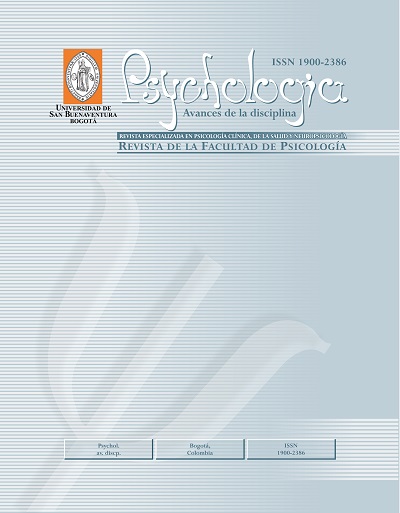This journal provides open, immediate access to its contents, based on the principle that offering the public free access to research helps to promote a higher global exchange of knowledge.
As such, all journal articles are published under a Creative Commons Attribution-NonCommercial-ShareAlike 4.0 International License (CC BY-NC-SA), by which commercial use of the original work or its possible derived works is not allowed, and the distribution thereof must be done with the same license elements regulating the original work.
http://creativecommons.org/licenses/by-nc-sa/4.0/
Abstract
In the context of the structural equation modeling, the concepts of convergent validity and composite reliability applied to the measurement models with congeneric items are used. This methodological study aims to review the stipulated cut-off points for the Extracted Average Variance (AVE) when it is used to establish the convergent validity of a measurement model. On the one hand, the great similarity between the concepts of convergent validity and internal consistency reliability, when standardized measurement weights are used for their estimation, was considered. On the other hand, the relationships among the number of factor items, the AVE and the omega and H coefficients were analyzed. For simplification purposes, a homogeneous measurement weight was used in the demonstrations. A very large effect of the number of items was observed, causing a deterioration in the AVE, while still maintaining the same level of reliability (omega and H coefficients), and more pronounced at a higher level of reliability. It is concluded that AVE values < .50 may reflect acceptable levels of convergent validity depending on the number of items, if the following criteria are included as complementary criteria: standardized measurement weights ≥ .50, and coefficients omega and H ≥ .70.





















